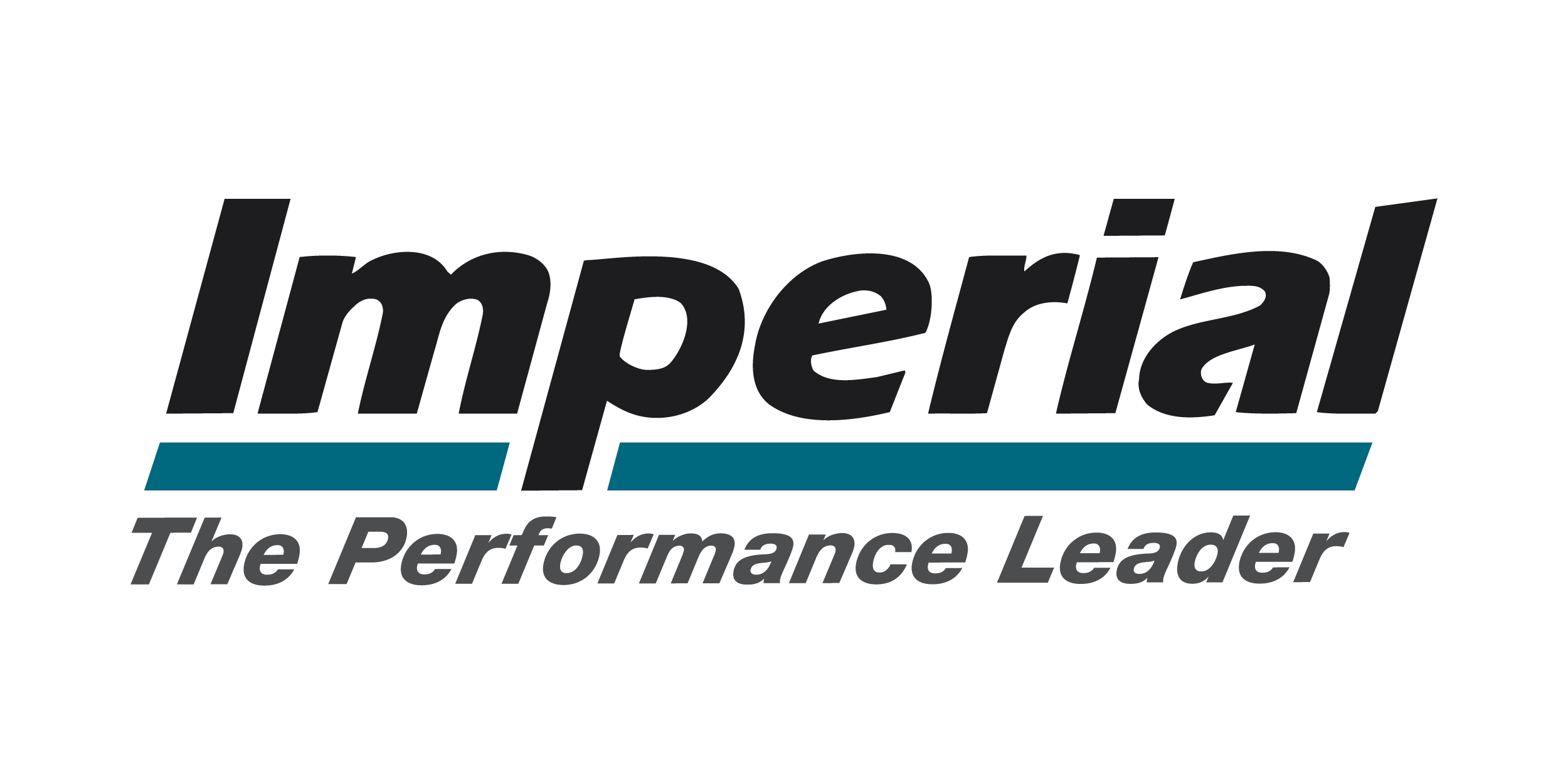It’s the height of one of my most nostalgic shopping seasons: Back to School! According to Deloitte’s 2019 Back-to-School Survey, over 52% of BTS spend is planned to occur in August and September, with 34% of BTS sales ($9.5B) expected during the first two weeks of August, and an additional $5B in the last two weeks of August and September. BTS shoppers buying BTS within two weeks of the start of school spend the most on average: $889 per shopper compared to overall per shopper BTS average spend of $510.
Total Back-to-School (BTS) spending this year (July-September), according to Deloitte’s 2019 report, is expected to reach $27.8B or $519 per student, up 1.8% from $510 in 2018. This represents over 50% of annual school-related spending. School supplies, specifically, is expected to reach $6.1B (22% of total BTS spend), or $117 per shopper. Sixty-two percent of shoppers plan to purchase this season’s school supplies in-store, as opposed to online (only electronic gadgets are expected to grow in online sales at expense of in-store sales for BTS 2019).
While mass merchants remain the number one shopping location for BTS supplies, supermarkets are expected to capture 6% of total BTS sales this year (consistent with last year), representing $1.7B. By focusing on addressing consumers’ primary needs for BTS shopping, supermarkets can succeed in capturing BTS sale.
Deloitte’s 2019 Back-to-School Survey results point to consumers’ highest priorities for their BTS shopping: price, product and convenience. Supermarkets are well positioned to meet shoppers’ specific expectations from retailers to meet these purchasing needs. By executing on the following recommendations, supermarkets can make the most of BTS sales this season.
Price: When it comes to BTS shopping, sales and price discounts are the most important consideration, even more so than other price-related factors like competitive prices and price matching, according to Deloitte’s survey report. To capture the 88% of shoppers who consider price when doing their BTS shopping, supermarkets should focus on promoting school supplies with discounts off of everyday prices of these items. Signage, shelf-tags, ads and coupons are key to attracting and communicating these sales to shoppers. Discounts on bundles and multiple quantities can also be effective. According to Deloitte, 30% of shoppers plan to donate an average of $50 worth of school supplies this season. With price incentives for purchasing multiples, along with signage communicating local schools’ supply needs, stores can encourage shoppers to participate in school supply donations that not only result in greater BTS spend, but also support their local communities.
Product: Having the right product in store is key for BTS shoppers (an important consideration for 81% of Deloitte’s surveyed shoppers). For BTS shopping, the right product means items on school supply lists and quality product. Organizing items on local school supply lists together into in-store BTS display kits is an ideal way for supermarkets to show shoppers that they carry the product they need. Pairing these mixed-product displays with signage of local school supply lists further communicates to shoppers that the store can meet their BTS product needs. Given that children influence 66% of school supply spend, product in BTS displays should be not only high quality, but also eye-catching and appealing to children with on-trend colors and designs. In addition to basic school supplies, supermarket BTS assortments should include electronic gadget accessories. Electronic gadgets (including cell/smart phones, tablets and wearable devices) are expected to grow by $800M this season (+29% over 2018), providing great opportunity for sales of mobile device accessories (like headphones, device covers and chargers) in supermarkets.
Convenience: Convenience is the third most important consideration for BTS shoppers (a priority for 80% of Deloitte’s 2019 survey respondents). Store location is the most important convenience factor for in-store shopping. Being a one-stop shop for their BTS needs is another consideration factor. As the local destination for not only weekly grocery shopping, but also BTS-specific shopping for school lunches and snacks, supermarkets can capitalize on shoppers’ priorities of convenience. The placement of BTS product in store is also key to meeting consumers’ BTS shopping needs. “If I have to search more than 10 seconds I move on to another store,” reported a Deloitte 2019 Back-to-School Survey respondent. Merchandising mixed-product displays containing a full assortment of key school supplies together addresses consumers’ need for a fast and easy BTS shopping experience. Featuring local school supply lists and bundling product on these displays provide added convenience for BTS shoppers.
By appealing to shoppers’ highest priorities of price, product and convenience, supermarkets can most effectively capture a greater percentage of back-to-school sales this season.

